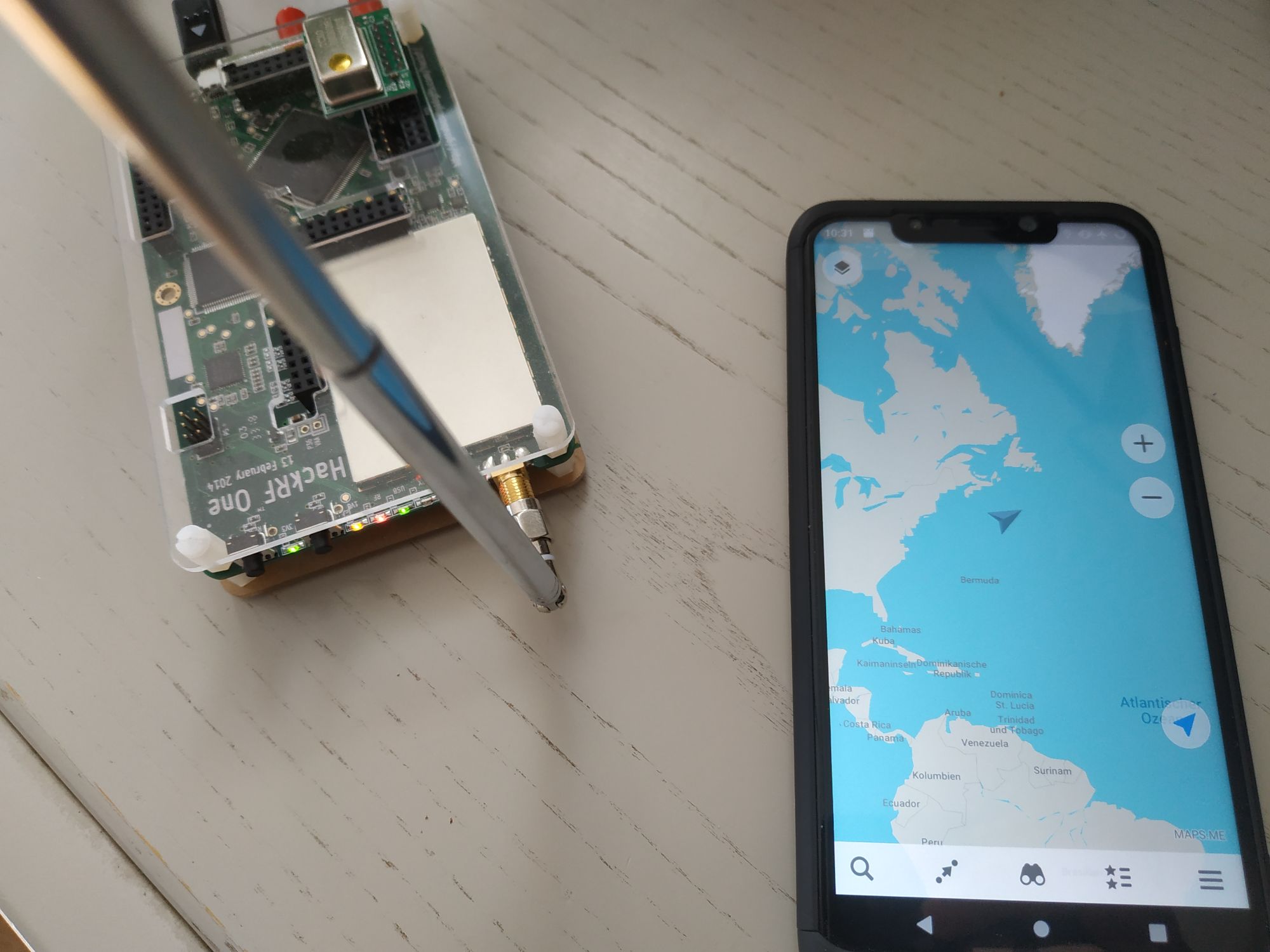Installing a TCXO in the HackRF One. Joesugar ♦ November 1, 2016. This writeup isn’t a new project. It’s more of a gathering of disparate pieces of information into one place. For a while now I’ve been looking to do some more advanced RF design and testing using my HackRF One but realized the stock crystal oscillator wasn’t going to. HackRF Sweep Spectrum Analyzer for Windows A few weeks ago the HackRF drivers and firmware were updated and one new feature added was hackrfsweep. This new feature allows us to scan across the spectrum at up to 8 GHz per second, which means that a full 0 – 6 GHz scan can complete in under a second.
- Using HackRF One and GNU Radio on Windows 10 Hi. I started to learn about how to use the HackRF One and all instructions I found online pointed to one basic fact.
- Everything will be placed into a new folder within the sdr-install folder called “sdrsharp”. The command prompt will automatically close when it is done. Plug in your HackRF one and do not install any of the software that it came with (if any), but ensure you let plug and play finish attemptingto install it. If you’ve already installed.
- Feb 12, 2018 Then from the drop-down list, select 'HackRF One'. (4) Since I have already installed the WINUSB driver for RTL-SDR, I don't have to do anything here. It shows that the driver is the latest already. In case you don't have that option, go ahead and click 'Install Driver' to install the WinUSB driver. (5) Download and install HDSDR tool.
- Run zadig.exe (as administrator), and install the WinUSB driver for the HackRF One device.
- Nov 02, 2017 We recommend getting started by watching the Software Defined Radio with HackRF video series. This series will introduce you to HackRF One, software including GNU Radio, and teach you the fundamentals of Digital Signal Processing (DSP) needed to take full advantage of the power of Software Defined.
Ok, so has anyone gotten the HackRF working on Windows w/ SDR#? I have to assume so, since it's supported there, but plugging in the HackRF, I've had nothing but troubles with how it was detected. Right now, I think, I have it detected as a libusb-win32 device called HackRF One, but when trying to open in SDR#, I get an error that 1 matching device was found, but is busy. Trying to run the compiled hackrf-tools from http://superfro.org/setting-up-hackrf-in-windows-with-sdr/, I get a HACKRF_ERROR_NOT_FOUND (-5). I've tried setting up the build env for cmake/mingw, but not having luck (still working).
Hopefully someone has the magic key, as I can't find it so far!
Here are some software setup tips for particular Operating Systems and Linux distributions.
Package managers
We highly recommend that, unless developing or testing new features of HackRF, most users use build systems or package management provided for their operating system.
Linux
Hackrf One Shield Installation
Ubuntu / Debian
sudo apt install gqrx-sdr
Fedora / Red Hat
sudo dnf install gnuradio gr-osmosdr hackrf gqrx -y
Gentoo Linux
Arch Linux
OS X (10.5+)
MacPorts
sudo port install gr-osmosdr
Homebrew
brew install gr-osmosdr

Windows
Binaries are provided as part of the PothosSDR project, they can be downloaded here
FreeBSD
You can use the binary package:# pkg install hackrf
You can build and install from ports:
Building from source
Linux / OS X / *BSD
Preparing Your System
First of all, make sure that your system is up to date using your operating system provided update method.
Installing using PyBOMBS
The GNU Radio project has a build system that covers the core libraries, drivers for SDR hardware, and many out of tree modules. PyBOMBs will take care of installing dependencies for you.
Hack Rf One Installation And Use
Building HackRF tools from source
Acquire the source for the HackRF tools from either a release archive or git:git clone https://github.com/mossmann/hackrf.git
Once you have the source downloaded, the host tools can be built as follows:
If you have HackRF hardware, you may need to update the firmware to match the host tools versions.
Windows
Prerequisites for Cygwin, MinGW, or Visual Studio
- cmake-2.8.12.1 or later from http://www.cmake.org/cmake/resources/software.html
- libusbx-1.0.18 or later from http://sourceforge.net/projects/libusbx/files/latest/download?source=files
- fftw-3.3.5 or later from http://www.fftw.org/install/windows.html
- Install Windows driver for HackRF hardware or use Zadig see http://sourceforge.net/projects/libwdi/files/zadig
- If you want to use Zadig select HackRF USB device and just install/replace it with WinUSB driver.
Note for Windows build:You shall always execute hackrf-tools from Windows command shell and not from Cygwin or MinGW shell because on Cygwin/MinGW Ctrl+C is not managed correctly and especially for hackrf_transfer the Ctrl+C (abort) will not stop correctly and will corrupt the file.
For Visual Studio 2015 x64
Create library definition for MSVC to link toC:fftw-3.3.5-dll64> lib /machine:x64 /def:libfftw3f-3.def
CMake will produce a solution file named HackRF.sln and a series ofproject files which can be built with msbuild as follows:c:hackrfhostbuild> msbuild HackRF.sln
Comments are closed.